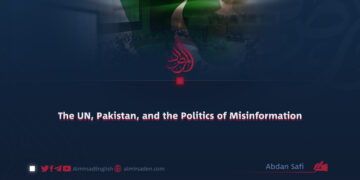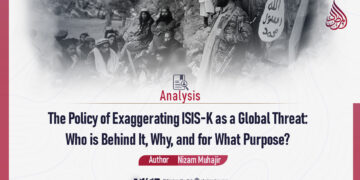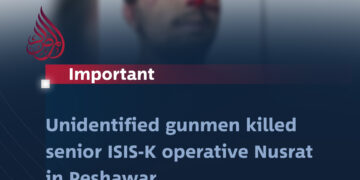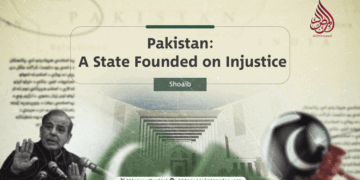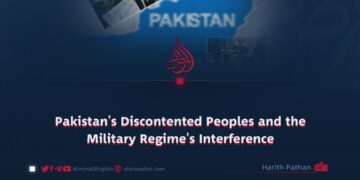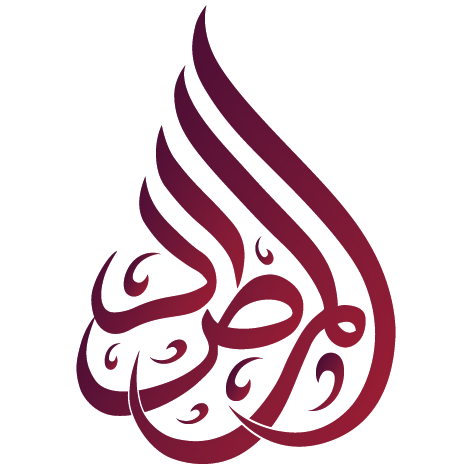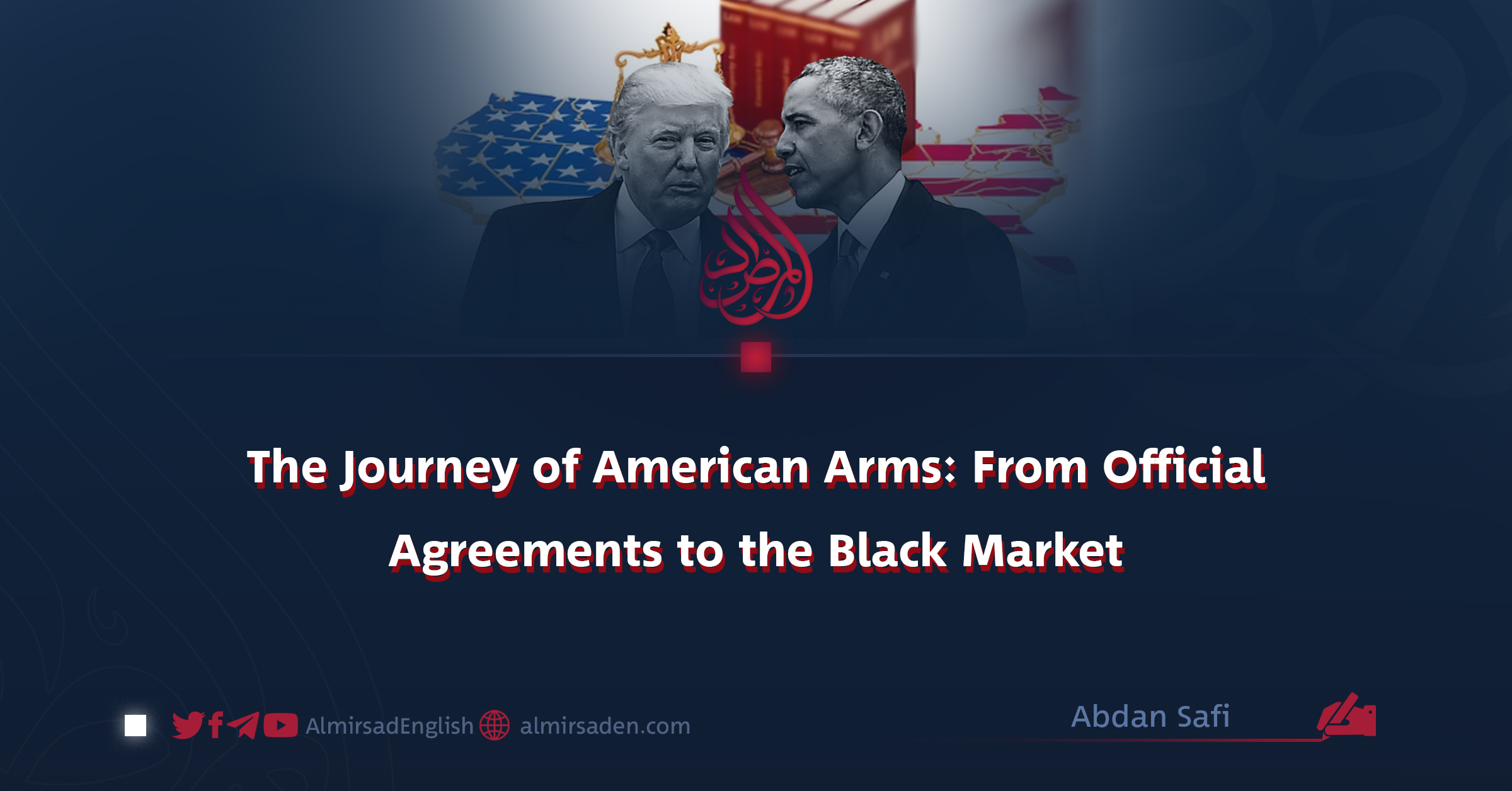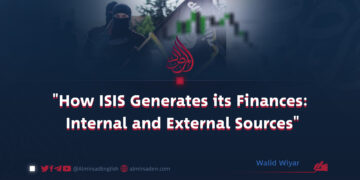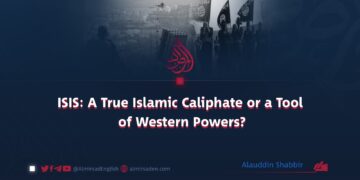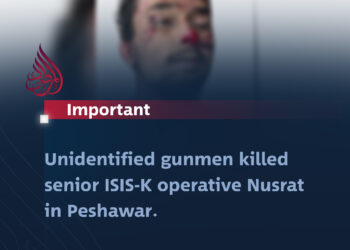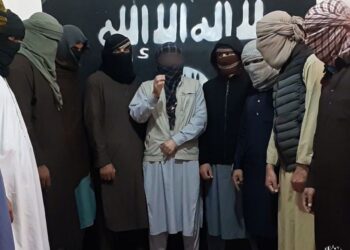Written by: Abdan Safi
In recent years, a persistent narrative has circulated suggesting that, following the United States’ defeat in Afghanistan, American-made weapons captured by the Islamic Emirate of Afghanistan (IEA) were subsequently transferred to other militant groups. However, this claim stands in stark contrast to the facts on the ground. As a governing authority, the IEA has consistently demonstrated its awareness of its responsibilities, particularly in securing military assets.
One of the IEA’s earliest initiatives following its assumption of power was the safeguarding of abandoned weapons to prevent their acquisition by unauthorized entities. It also imposed stringent restrictions on the domestic trade of American weapons to curb illegal circulation.
This raises a pertinent question: why are certain neighboring countries—most notably Pakistan—so invested in propagating this narrative?
A broader examination reveals that the United States is the world’s foremost exporter of arms, providing advanced weaponry to a wide array of nations under the banner of strategic partnerships, defense agreements, and geopolitical interests.
The U.S. defense industry forms a critical pillar of its economy. In 2023 alone, its defense budget amounted to approximately $850 billion, comprising around 3.1% of its GDP. In 2022, the United States accounted for 40% of all international arms exports, with major clients including Saudi Arabia, Japan, South Korea, Australia, and India.
Despite the formal and legal nature of these transactions, a recurring pattern has emerged: these weapons often end up in regions where their presence not only exacerbates instability but also constitutes a blatant violation of international norms. While such arms are ostensibly delivered to state actors, many ultimately find their way into the hands of non-state militant groups and criminal networks—due to battlefield losses, corruption, negligence, or deliberate diversion.
Conflict zones, in particular, serve as primary conduits for the leakage of American weaponry into black markets. In numerous instances, U.S. troops or allied forces have left weapons behind during withdrawals or entrusted them to local militias, only for these assets to be captured or sold under duress or due to internal corruption. The rise of ISIS in Iraq and Syria offers a stark example: the group amassed a significant cache of U.S. weapons either directly from the battlefield or from warehouses abandoned by American-aligned forces.
There is also credible suspicion that the United States has, on occasion, deliberately funneled weapons to proxy groups like ISIS under various pretexts.
The problem, however, extends beyond active war zones. Sometimes, U.S.-approved arms transfers are rerouted via third countries to unauthorized recipients. Weapons originally provided to Saudi Arabia and the United Arab Emirates for use against Houthi forces in Yemen were later found in the hands of the Houthis themselves. These arms were either captured in combat, illicitly sold, or diverted through networks rife with bribery and corruption.
Another dimension of this complex issue involves private American arms dealers. Exploiting regulatory loopholes and oversight failures, some dealers have supplied weapons to individuals and groups legally barred from possessing them. These arms are then smuggled across borders and resurface in illicit markets. In Latin America, U.S.-made weapons have been recovered from criminal organizations, such as the Mexican drug cartels. A high-profile example is Operation Fast and Furious, a failed U.S. sting operation that facilitated the transfer of weapons into the hands of violent criminal syndicates.
Pakistan, a nation that ostensibly raises concerns about the presence of American weapons in Afghanistan, has itself encountered instances of unauthorized access to such weapons. Years ago, containers of U.S. aid—potentially containing arms and other sensitive materials—vanished or were attacked while en route to Afghanistan via Pakistan.
Investigative reports and parliamentary disclosures have revealed that many of these containers were looted under the watch of Pakistani military officials, with their contents later sold on the black market. During the NATO-led war in Afghanistan, Pakistan served as the primary logistical route—an arrangement that facilitated large-scale diversion of military goods, often for personal enrichment by corrupt officials.
This pattern is not limited to South Asia. American arms have also been traced to groups such as Al-Shabaab in Somalia, Al-Qaeda in Yemen, and other militant organizations operating across Africa. In many cases, these weapons were acquired either directly from conflict zones or through third-party transfers facilitated by black market networks.
In light of this extensive evidence, it becomes clear that the proliferation of American weapons is neither accidental nor rare. These arms are readily available on the black market, making them accessible to a wide range of actors. The primary culpability lies with the United States and those complicit in its extended arms trade network—particularly the mercenary agents and corrupt officials who prioritize financial gain over international security. Notably, a substantial number of such individuals operate within Pakistan’s military and bureaucratic institutions.

